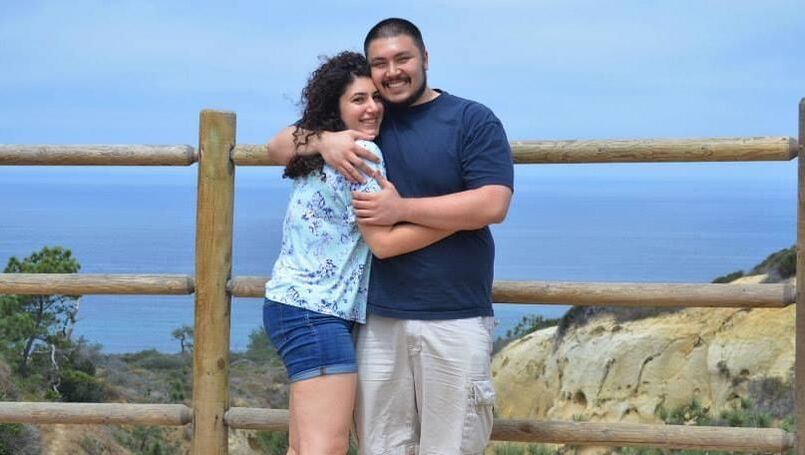|
For many people who practice intuitive eating, joyful movement and gentle nutrition are the intuitive eating principles that we have the most difficult time with. At least for me, exercise has been a sore spot for most of my life. I swam competitively starting at age seven until I was 17 and most of my weekends were spent at swim meets. In high school, I was on the swim and water polo team which meant I was in the water or at the gym from 5:30 am until 7:30 am and again from 2 pm until 5 pm. If we had a game, I didn't get home until 8 pm. I was exhausted and ravenous all the time--I couldn't physically eat enough calories in a day to sustain myself and my teachers forbade me from eating during class. The week before homecoming, I lost so much weight, my strapless dress wouldn't stay on. And I still vividly remember the guilt I felt (from my parents and teammates) when I chose to call in sick from one game during a tournament so I could attend my close friend's birthday party. In senior year of high school, I quit the team because my body and my mind had simply had enough. And since then, I've had a complicated relationship with exercise. For most of college, I didn't "exercise" much at all unless it was a Zumba or Hip Hop Class and walking around the Santa Cruz Mountains for class. After college, I continued to brew in diet culture, using exercise as a form of punishment and means for weight loss. That lasted until I got pregnant with my son and didn't have the energy to move in the first trimester. Fast forward a couple of years, I discovered intuitive eating and the anti-diet, Health at Every Size movement in September 2018. I was able to quickly and easy adapt almost all of the principles immediately, except for the joyful movement bit. Because I had been forced for so long to exercise to the point of exhaustion and use exercise as tool for weight loss, even the slightest sore muscle from working out triggered me. My muscles had PTSD. And that took almost two years to heal. I still feel uneasy when I feel tight glutes or thighs from slightly overexerting myself, even if it is from moving happily. But what has helped me the most with this intuitive eating principle is redefining what exercise and movement mean to me in addition to defining my health and fitness goals that have nothing to do with weight loss. I'm done with the days of running on a treadmill or forcing myself to do push-ups and sit-ups for the sole purpose of burning calories. There are many non-weight loss benefits to exercise, but the one that resonates with me the most is being able to play with my kids for as long as possible, be strong enough to continue to pick them up and have enough endurance to run around with them. With those goals in mind, these are my expressions of joyful movement, the types of physical activities that truly make me happy and don't feel like exercise at all: 10 Types of Joyful Movement Exercises
The physical activities that you enjoy can be vastly from mine. I'd love to hear about your favorite types of joyful movement exercises.
0 Comments
Leave a Reply. |
